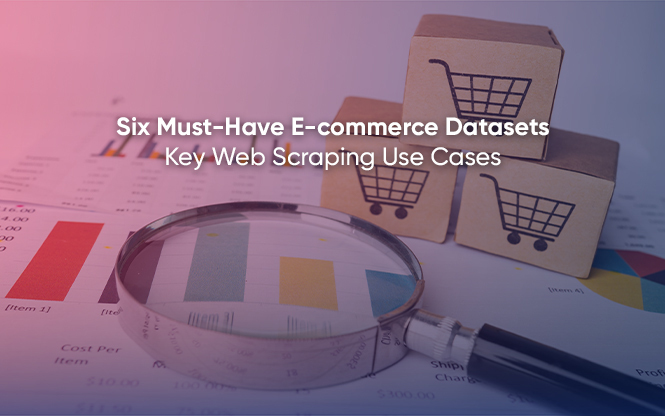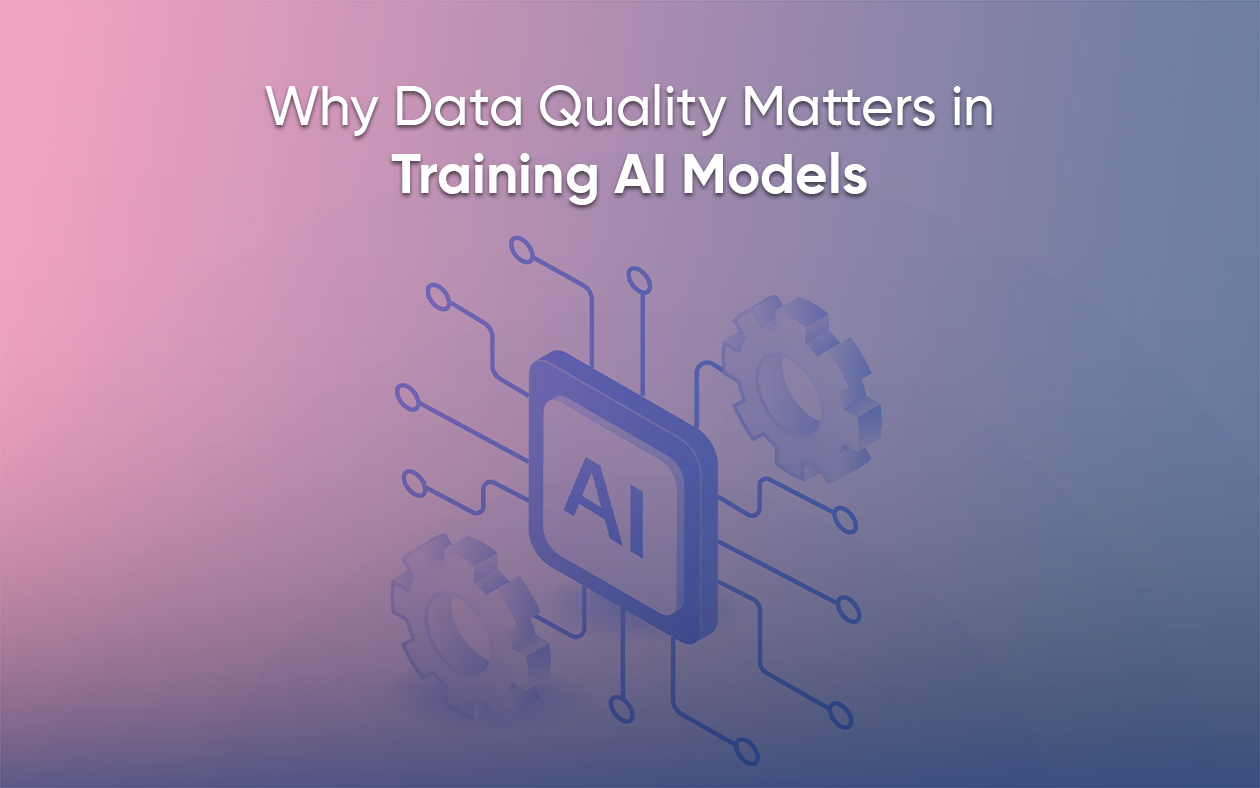
Ever wondered how the leading players in retail and e-commerce are always light years ahead in their competitive landscape? Or simply, better than everyone else?
The secrets lie in Big Data.
They rely on Big Data for insights and use it in several strategic ways to gain that edge. Every move they make and every risk they undertake are all calculated steps based on data.
Take the most successful online retailer in the universe – Amazon for example. Amazon is undoubtedly one that leverages data from not only the user interactions on its website but also from the raw and unfiltered corners of the web to derive insights and use them to improve its service.
This is what has led it to become the dominating giant with millions of product categories and a top-notch logistics network.
It records sales of $4,722 each second which amounts to $283,000 each minute and also happens to be one of the most trusted brands in the US, with over 200 million Prime members globally.
The answer to the first question, how Amazon itself and the top sellers on Amazon stay ahead of everyone else is in real-time data extraction. Let’s get straight to it!

Gems of e-comm sites
Every detail you see on an e-commerce platform is a valuable data point critical for data-driven decision-making.
From the advanced search functionality with keyword optimization to personalized recommendations based on historical data in a mobile-friendly platform. All of it makes product discovery and research easier, faster and improves the user shopping experience.
On a product detail page, the name, description, and highlights of the product are critical data points that you can use for keyword optimization. The pricing information, as to the price before discount, after discount, and with shipment charge. They are important for pricing optimization and maintaining a dynamic pricing strategy.
Similarly, there are dynamic stock or inventory levels that should be monitored in real-time for effective supply chain management. With real-time inventory data, you can ensure the availability of the products that are sought-after by customers.
The Buy Box (located on the right side that allows visitors to make the purchasing process easier) is responsible for 90% of purchases on Amazon. You can win it by maintaining the various standards set by Amazon. However, to maintain those standards, like keeping up with dynamic pricing, product description optimization, dependable shipping, etc, real-time data extraction is the cornerstone.
You can also amass customer reviews and ratings of the product for sentiment analysis, identifying popular items, and understanding their pain points. Customer feedback to the seller provides insights into the after-sales service by the seller and the level of client satisfaction post-purchase.
Check out for more data points

Product research in real-time
Fact: If you miss even a single detail of a product in real time, you’re out of the game. The impact?
Competitors one-up on you? Check,
Customers with a buying intent slip away? Check,
The Buy-Box, best-seller rank, and traffic are long gone? A check, check, and check!
Now, to make sure this doesn’t happen to you, real-time product research is critical.
Real-time product research is the continuous process of gathering and analyzing the latest data on products, competitors, and market trends.
It is critical because of the fast-paced nature of online retail as the result of constantly shifting consumer preferences.
Here’s more detailed reasons to understand why it’s important.
- Dynamic Pricing – Real-time product research helps businesses adjust prices and offerings while tracking demand, competitor pricing, and market trends.
- Inventory Management – It helps businesses monitor stock levels and efficiently manage their inventory as per the rising demands.
- Customer Retention – Analyzing customer behavior in real time allows businesses to cater to their needs promptly which leads to increased satisfaction and loyalty.
- Faster & Informed Decision-making – With real-time data, e-commerce businesses can make faster, more informed decisions on everything from marketing campaigns to product launches.
Scrape PDP to optimize pricing
The key elements of real-time product research lie in the product detail page (PDP) data.
It has essential information about each product including their names, prices, images, and videos. The price, discounts and promotions on the item, stock levels, customer reviews, and ratings.
Scraping this page means automatically extracting all of the mentioned data points of each item in a matter of seconds in a consistent format that is easy to feed into analytical tools.
Grepsr provides this e-commerce data extraction service that collects the PDP data of the products requested by our clients. These actionable datasets that are ready for analysis help businesses identify opportunities for competitive pricing advantages.

The factors in PDP data that help in optimizing pricing are:
Competitor Pricing
Comparing how your competitors are pricing similar products in real time allows you to set competitive prices and offer discounts strategically.
Stock Availability
You can capitalize on promoting items that your competitor is out of stock and even slightly raise the prices temporarily during high demand.
Customer Sentiment
With customer feedback and ratings, you can better understand the perceived value of a product and adjust prices based on demand.
Promotional Pricing
Tracking discounts and promotions on PDPs can help you outdo your competitors by setting healthy profit margins on your items in real time.
Thus, these can help you optimize dynamic pricing levels based on the market conditions, demand, and competitor moves.s.
More you can do with PDP data
Price optimization is not the only thing you can do with PDP data scraping.
E-commerce data extraction focusing on PDP datasets has additional use cases such as:
- Competitor Benchmarking – Insights into competitors’ positions, similar products, pricing strategies, and descriptions allow you to evaluate your own offerings. With that, you can make the necessary adjustments to remain competitive.
- Visual Content Optimization – You can improve the visual appeal of your own product pages with high-quality images, engaging videos, and clear, concise descriptions by analyzing how your competitors do it.
- Product Description & SEO Optimization – Analyzing the competitor’s content structures lets you know what keywords they are targeting. This helps you further refine the descriptions on your PDPs and improve SEO to drive more organic traffic.
- Market Trends & Demand Forecasting – With regular e-commerce data extraction, you know beforehand that if certain products consistently run out of stock or have price hikes, it indicates rising demand.
Hence, with these insights, you can adjust the inventory and pricing accordingly.
Learn more about price monitoring in e-commerce with data

Key Takeaways
In the end, we feel that it is important to reiterate that real-time data extraction is crucial for staying data-driven and competitive in the dynamic e-commerce market.
Regularly scraping the product detail pages (PDPs) of your competitors’ listings is a game changer. It helps you optimize pricing by setting competitive prices, managing stock levels, and tracking promotional offers to adjust your prices dynamically.
Furthermore, it allows you to gain customer-centric insights to understand customers’ sentiments. Like their pain points that need prompt addressing to enhance satisfaction and boost loyalty.
Therefore, continuous e-commerce data extraction helps you predict market trends, forecast demand, and optimize your pricing and inventory levels accordingly.
Take your e-commerce success to the next level with real-time data extraction with Grepsr! Don’t let profitable opportunities slip away!














































































































